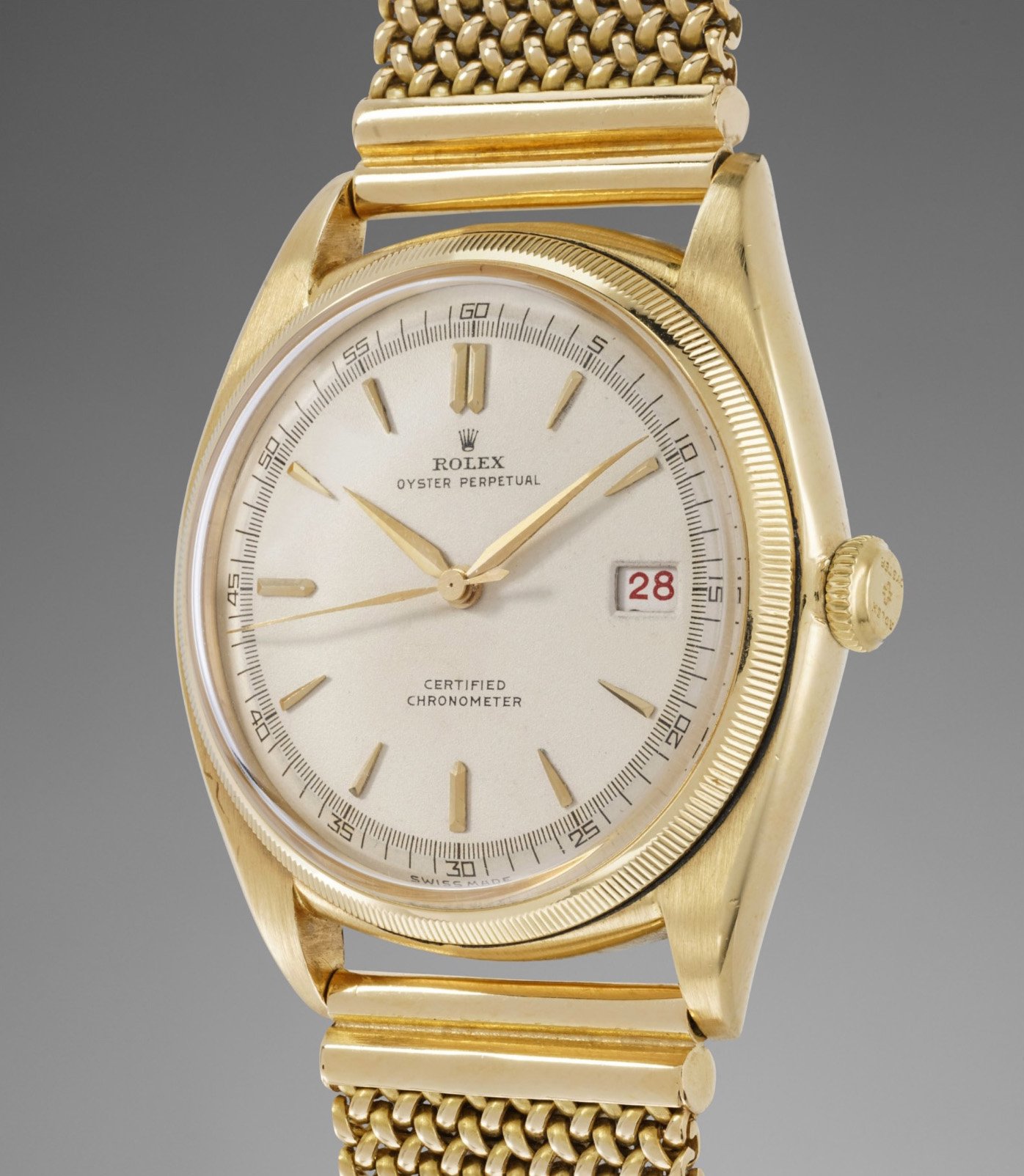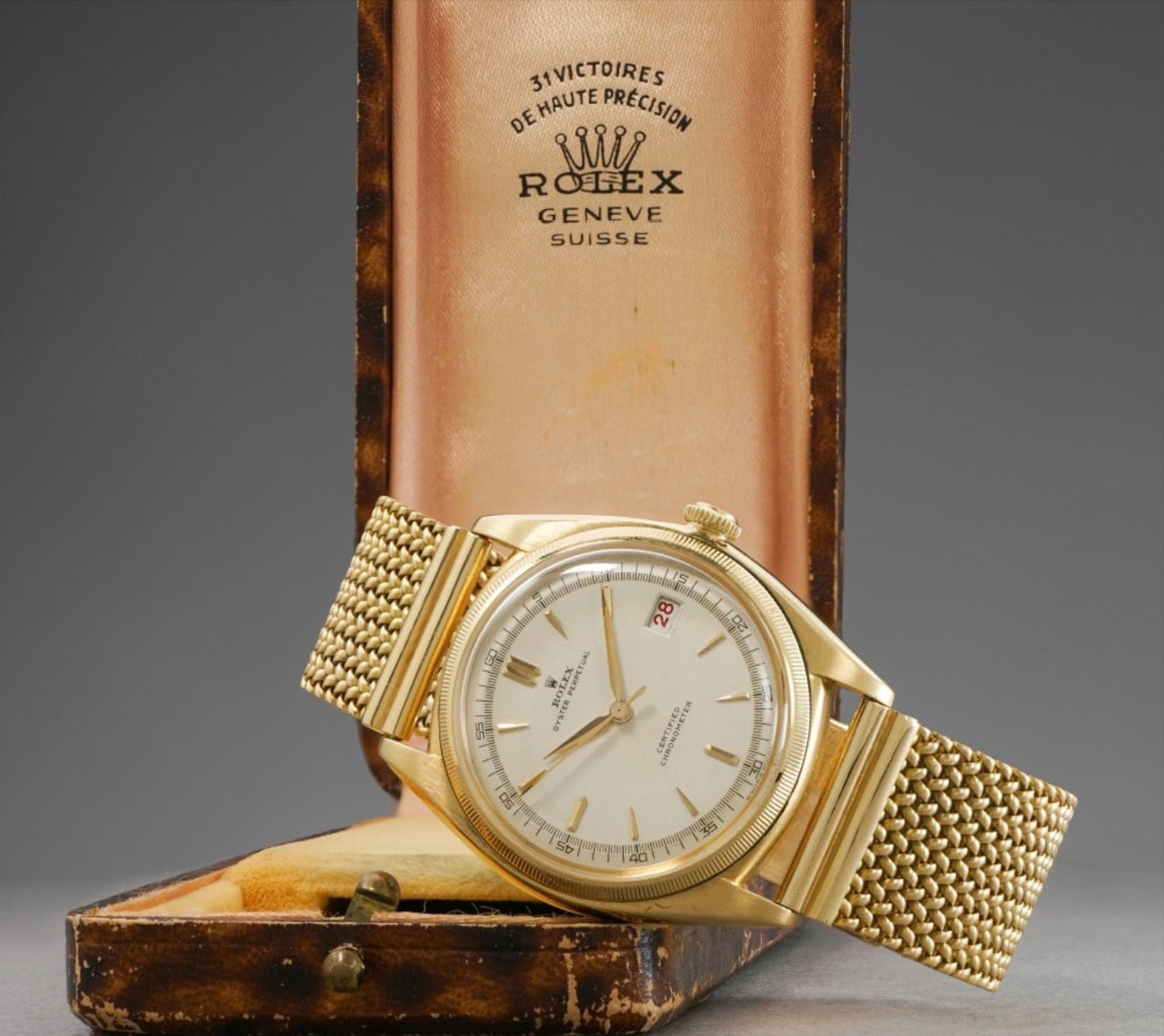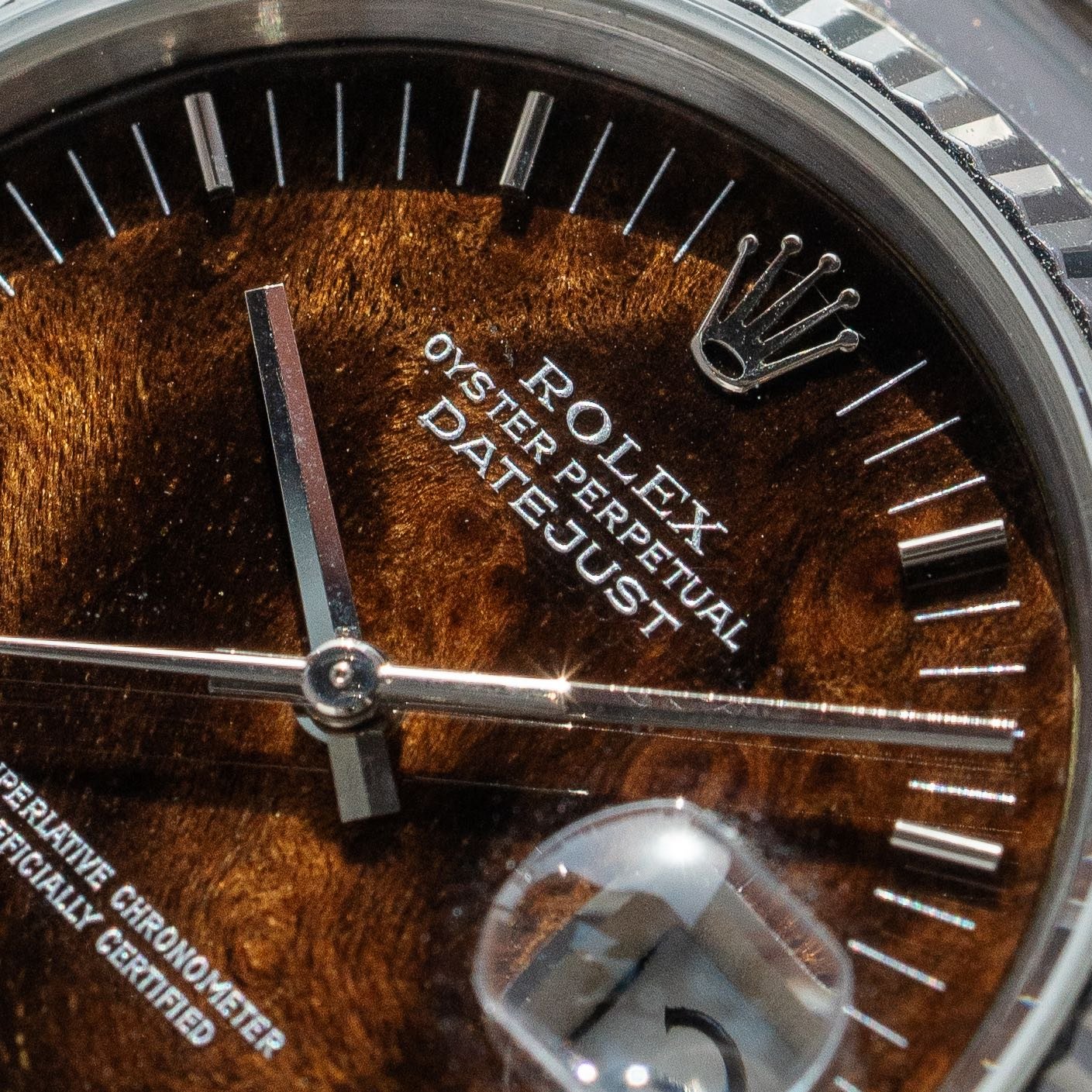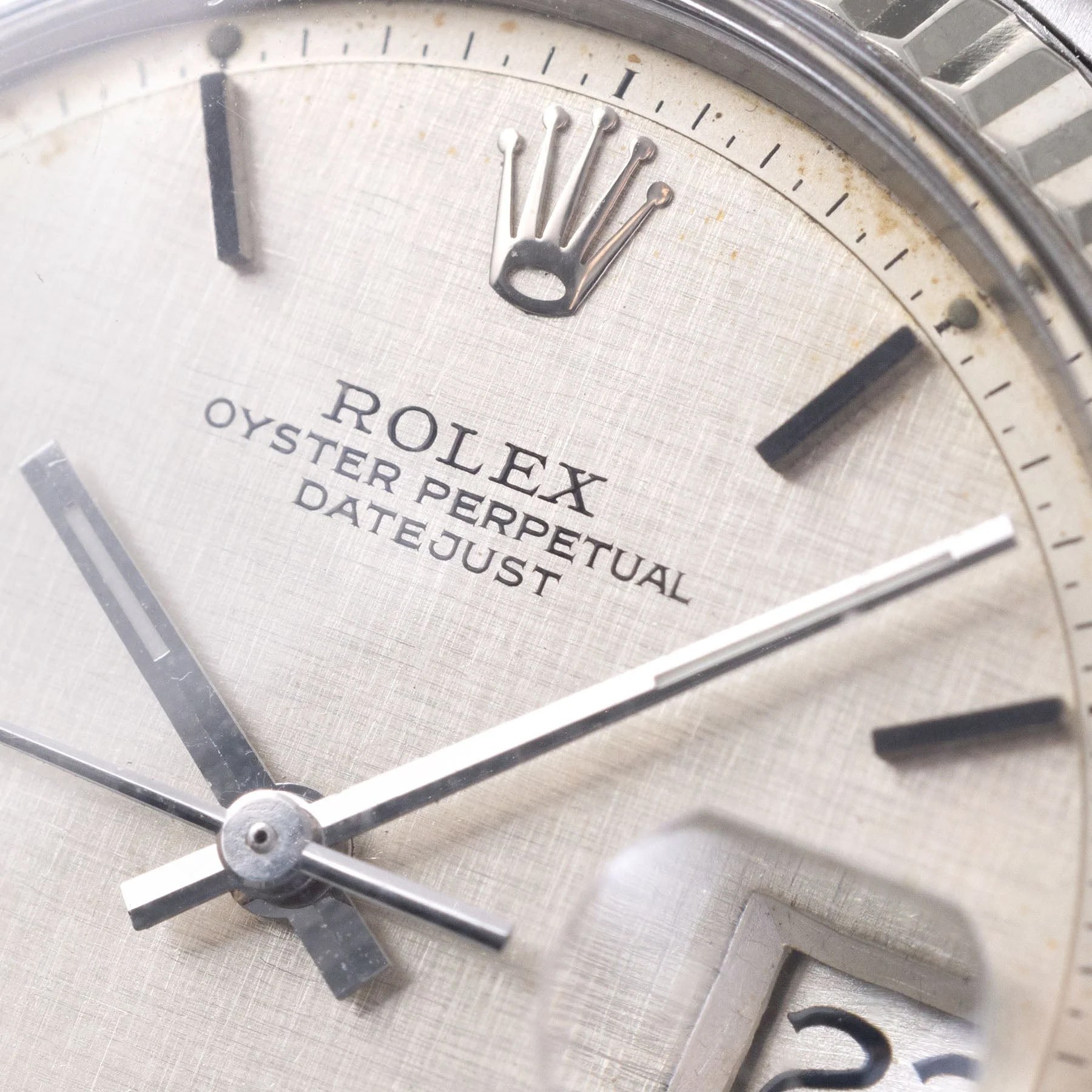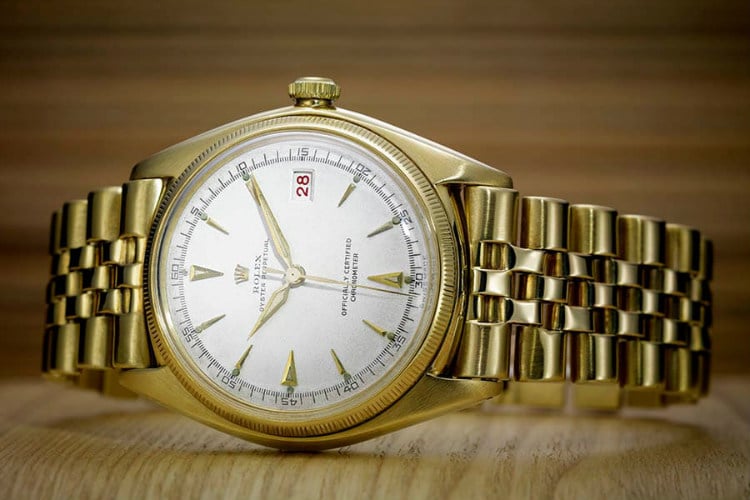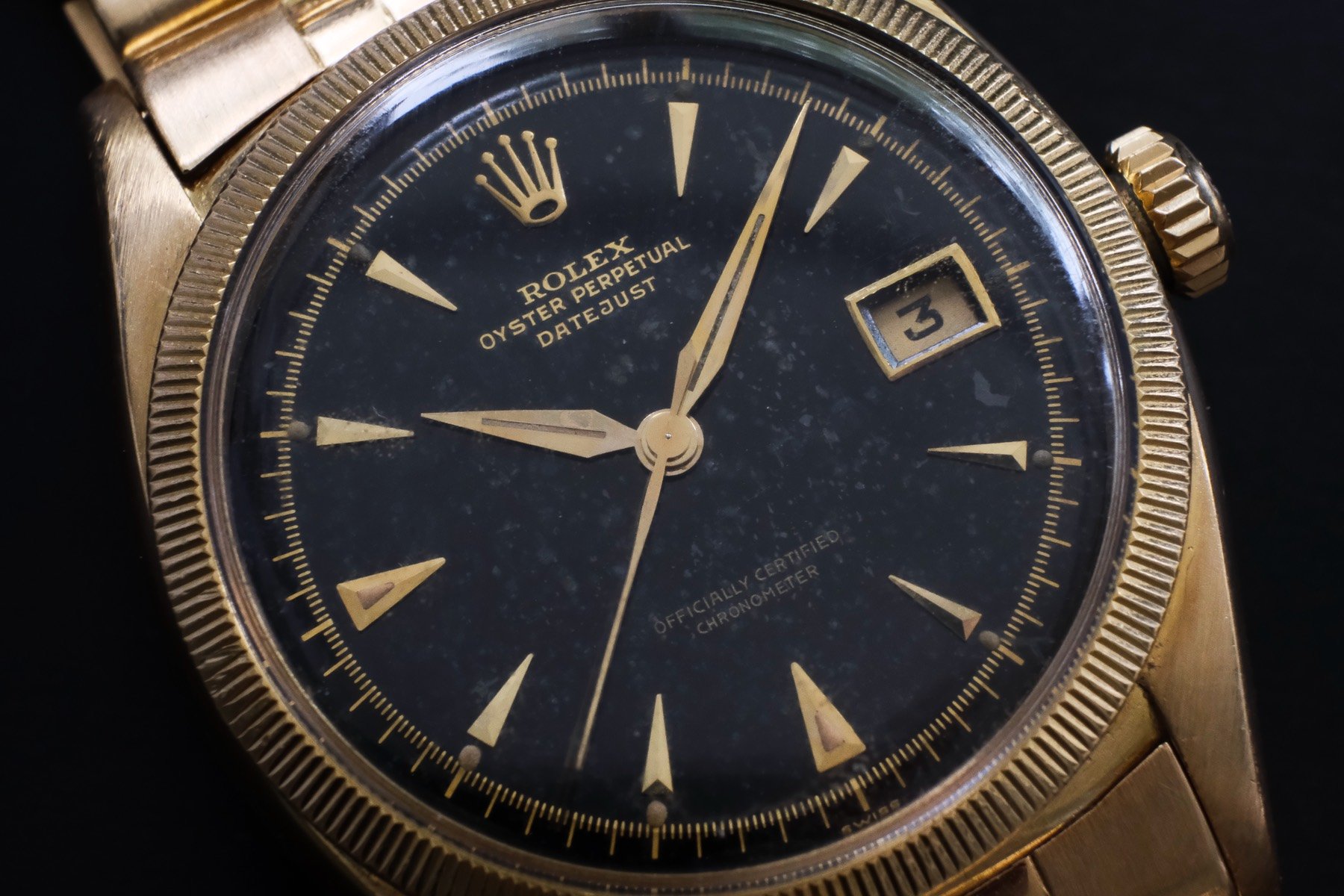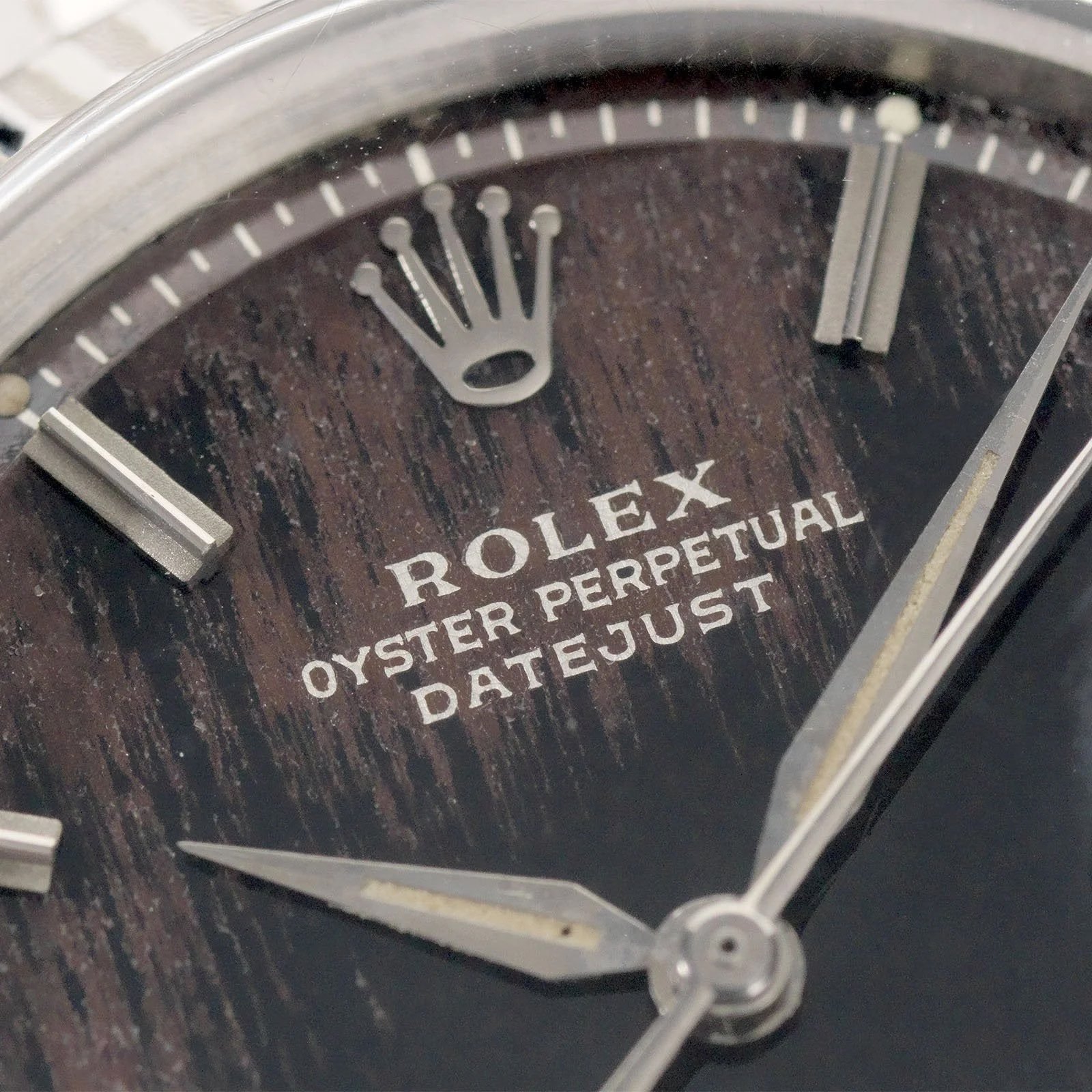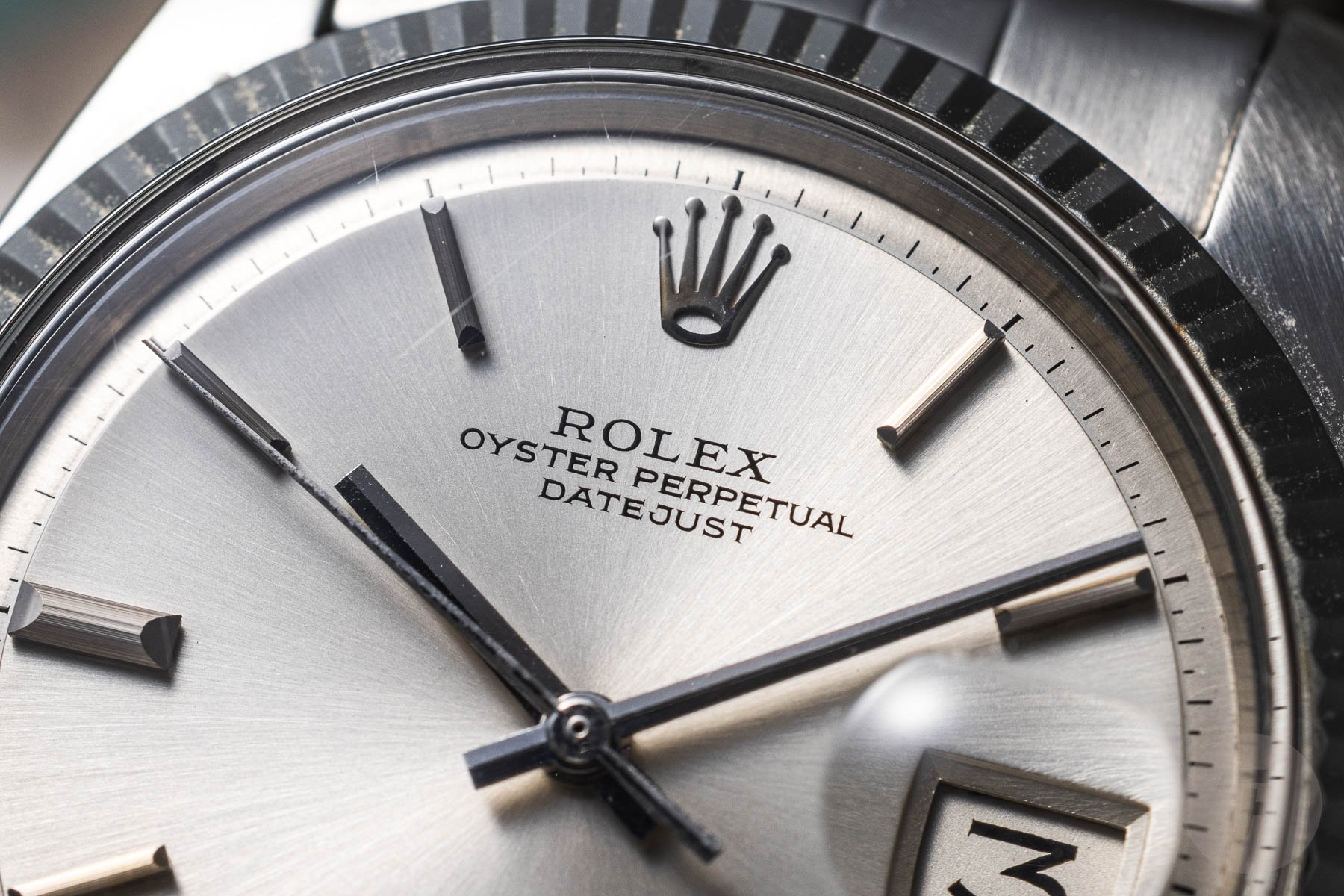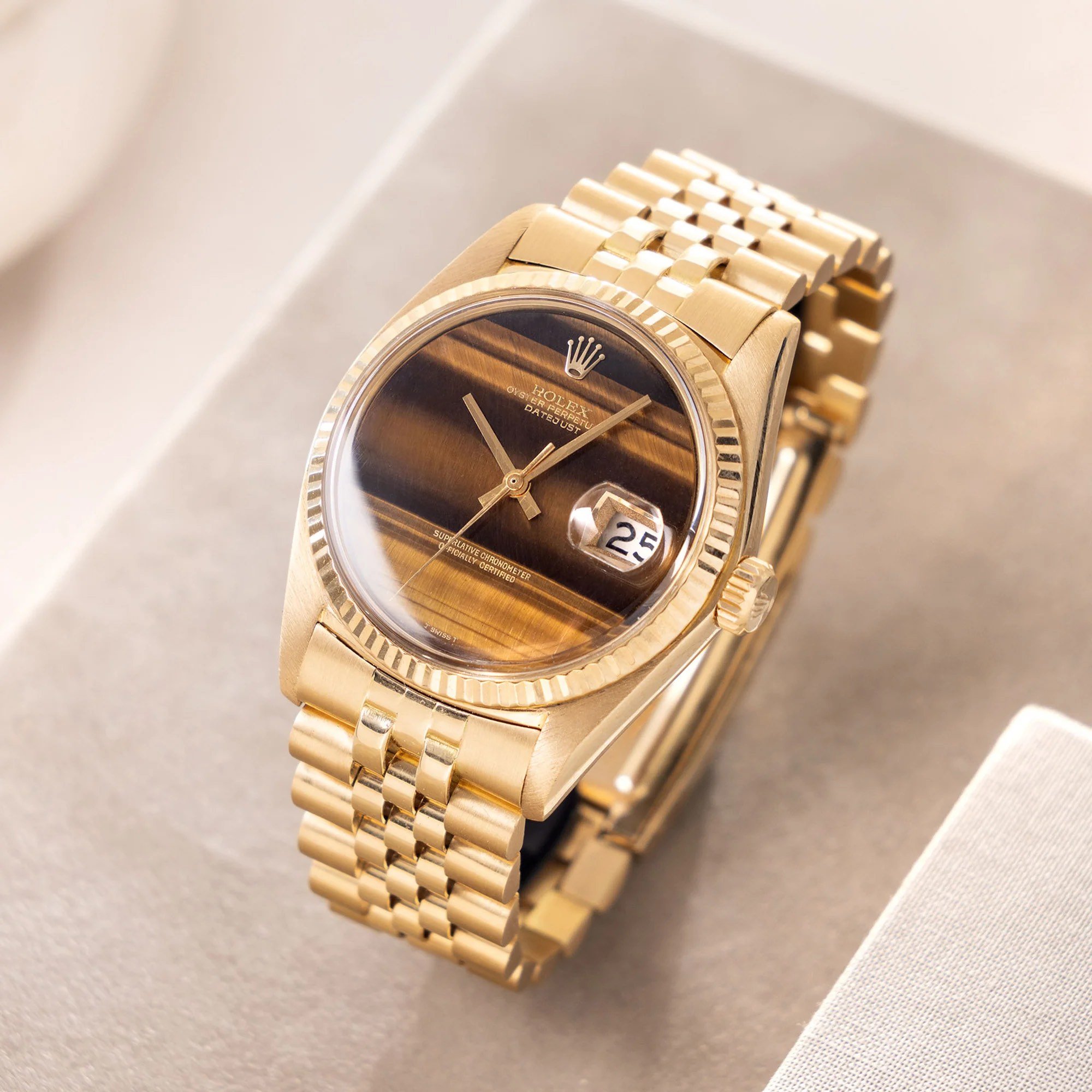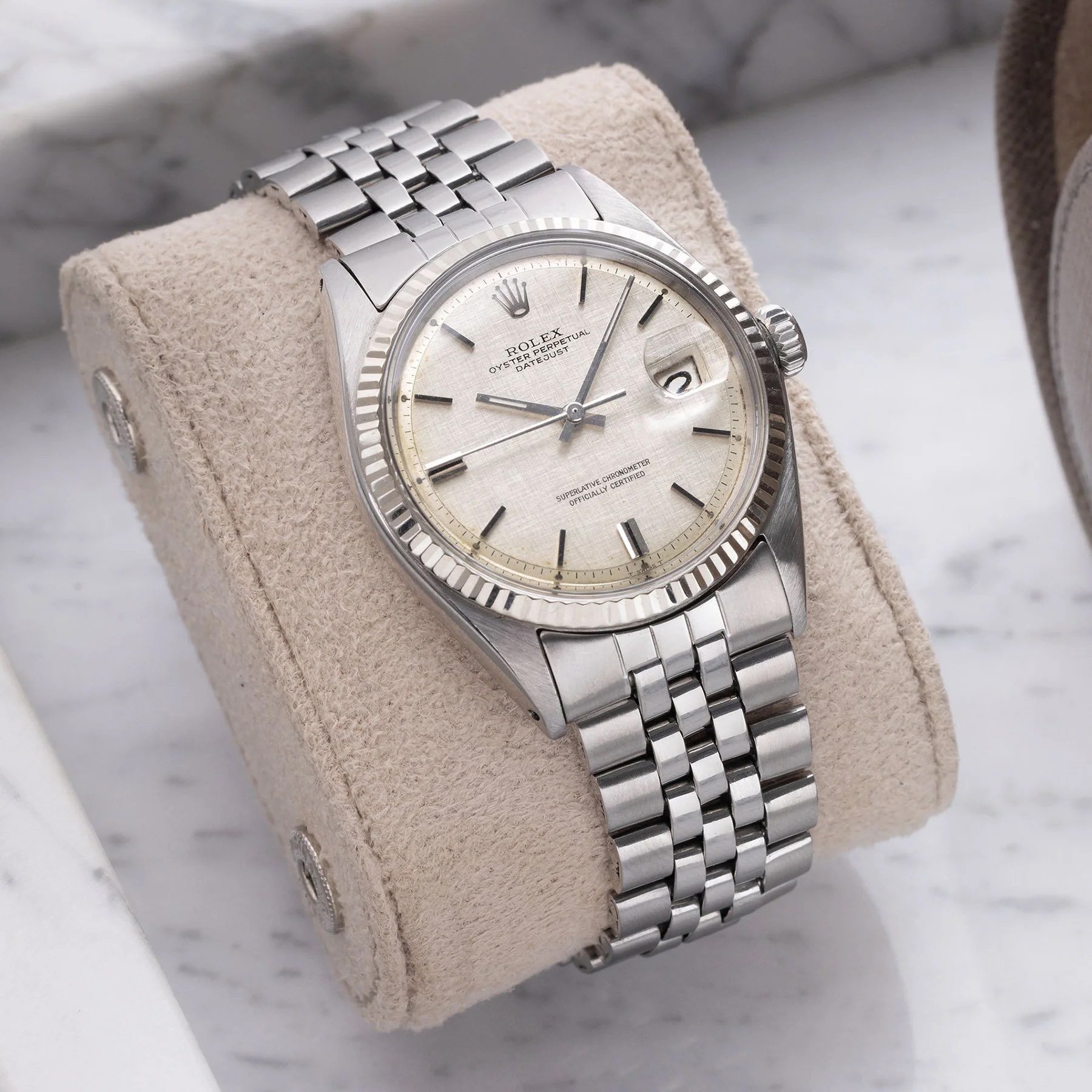Celebrating 80 Years Of Rolex Datejust With Fratello — Five Datejust Facts You (Probably) Did Not Know
The mighty Rolex Datejust turns 80 this year. That makes it one of the longest continually produced watches out there, which is no small feat. At Fratello, we intend to celebrate with a series of articles on the model, which I get to kick off today.
I would like to start the celebrations with five facts about the Rolex Datejust you (probably) did not know. If you already knew all five, you can consider yourself graduated and ready for a new hobby! Let’s dive in!
Little-known Rolex Datejust fact #1: An anniversary model
Let’s start the list with a relatively easy one that few people realize today: the Rolex Datejust was an anniversary model when it came out. The Rolex company celebrated 40 years when it introduced the Datejust in 1945.
This makes today’s anniversary a bit more special still, as it means the Datejust has been around for two-thirds of the company’s existence. That puts things into perspective, doesn’t it? There were 40 years of Rolex without the Datejust, followed by 80 years with it.
Special editions are nothing new. In fact, the very first batch of 100 pieces, introduced at Hotel des Bergues in Geneva, came with unique numbering and no regular serial number or reference engraved on the case.
Little-known Rolex Datejust fact #2: Not the first name considered
I can split this second little-known Rolex Datejust fact into two parts. The first is more widely known than the second, so we’ll ease into this. When the watch was first introduced with reference 4467 in 1945, it did not yet have “Datejust” written on the dial. None of the 5xxx and even the first 6xxx references that would follow featured the model designation on the dial. It wasn’t until 1953 that we would first see “Datejust” written under the Rolex wordmark.
Okay, on to the more obscure part of this little-known fact. Did you know that “Datejust” wasn’t even the first name Rolex considered for the model? The company registered the name “Ritedate” on October 1st, 1945. “Jubilee” was also considered, per the first fact on this list.
Rolex even considered the name “Victory” but deemed it too politically charged in 1945.
Little-known Rolex Datejust fact #3: The first gold-only flagship
When people think of the flagship Rolex model today, they likely think of the Day-Date. An argument could even be made for the Daytona in today’s more sports-oriented watch market. Back in 1945, however, Rolex positioned the Datejust as the zenith of its watchmaking prowess.
The Day-Date’s characteristic model of precious metals only, paired with a signature bracelet (President), was pioneered by the Datejust. Rolex first produced it exclusively in precious metals and sold it on the then-brand-new, model-exclusive Jubilee bracelet. It wasn’t until the early 1950s that a two-tone model appeared. Around 1953, the first full-steel Datejust came along in reference 6305, slowly paving the way for a new flagship to take over in 1956.
In this sense, we should regard the Day-Date as an evolution of the Datejust, like the Datejust was an evolution of earlier no-date Oyster models.
Little-known Rolex Datejust fact #4: Pre-fluted bezels and no-Cyclops models
Reference 6305 carries significance in multiple ways. Not only did the first steel version of the Rolex Datejust use this reference number, but it also introduced the now-iconic fluted bezel. The rooftop pattern debuted on this model around 1953. Earlier Datejusts came with reeded bezels, consisting of much finer teeth cut into a domed bezel. While the reeded bezel was broadly used across the industry, the fluted bezel would be much more characteristic of Rolex, forming the template we now know and love.
The other significant step in forming the Rolex aesthetic can be considered more controversial. The 63xx generation also saw the introduction of a magnifying lens, dubbed the Cyclops, on top of the acrylic crystal. This hate-it-or-love-it feature would become a brand signature and has persisted until today.
The late ’50s saw a few other introductions that would define the Datejust for the rest of its life. For starters, in 1956, Rolex introduced caliber 1065. This thinner automatic movement negated the need for a protruding case back, known as a “bubble back.” A few years later, the old-school alpha and dagger handsets made way for the pencil hands we associate with the Rolex Datejust and Day-Date today.
Little-known Rolex Datejust fact #5: a no-lume dial
Okay, I have gone into pretty obscure early Rolex Datejust history for my first four facts. Let me finish with a more widely known and practical one. This is one you very well might use if you are in the market for a vintage Datejust.
As you probably know, the Datejust comes in tons of subtle variations. One particularly interesting example is the no-lume dial. Rolex started fitting the Datejust with lume — first radium and later tritium and (Super) LumiNova — quite early. Radium and tritium are, of course, radioactive, and certain markets prohibited the import of radioactive goods. To counter this, Rolex omitted the small radium plots behind the markers on select dials and fitted closed handsets without lume basins. Since many of these watches went to the Japanese market, these dials are often referred to as “Japan dials.”
Interestingly, Rolex used the regular base dials with regular printing, so a no-lume dial might still feature the “T Swiss T” designation, indicating the presence of tritium even though there is none.
Closing thoughts
So, there you have it — five little-known facts about the watch that celebrates its 80th birthday this year. The significance of the Datejust cannot be overstated. It was, after all, the first watch with an automatically and instantly changing date, which is now omnipresent. It also set a precedent in terms of design, not only for Rolex but also for watches in general. The Datejust is one of those watch-design archetypes, iconic within our little sub-universe and even beyond.
We will be covering the Rolex Datejust in a series of articles throughout the year. Fratello editors will share their favorite variants and more, so if you are a Datejust fanboy like me, stay tuned!

